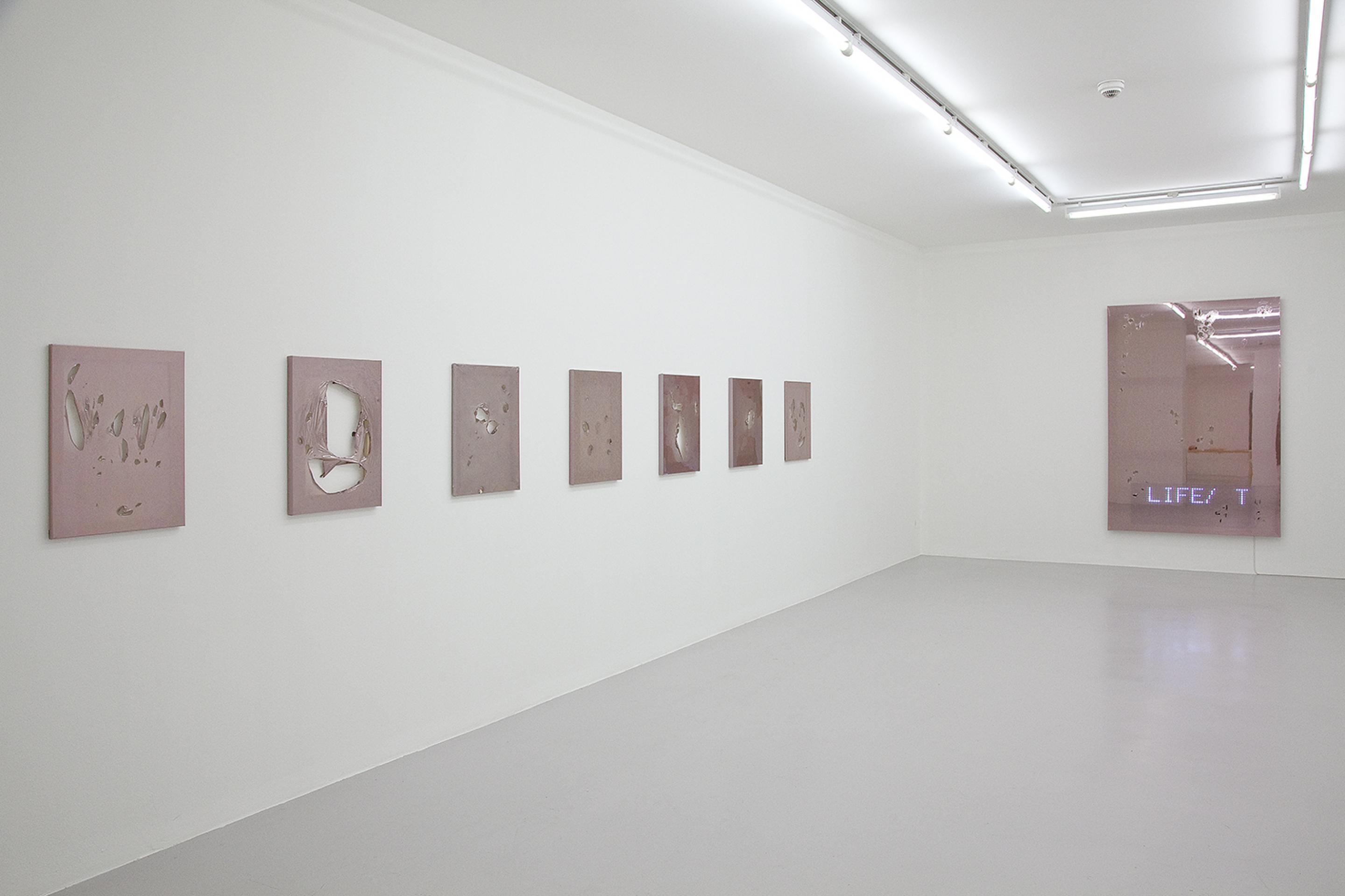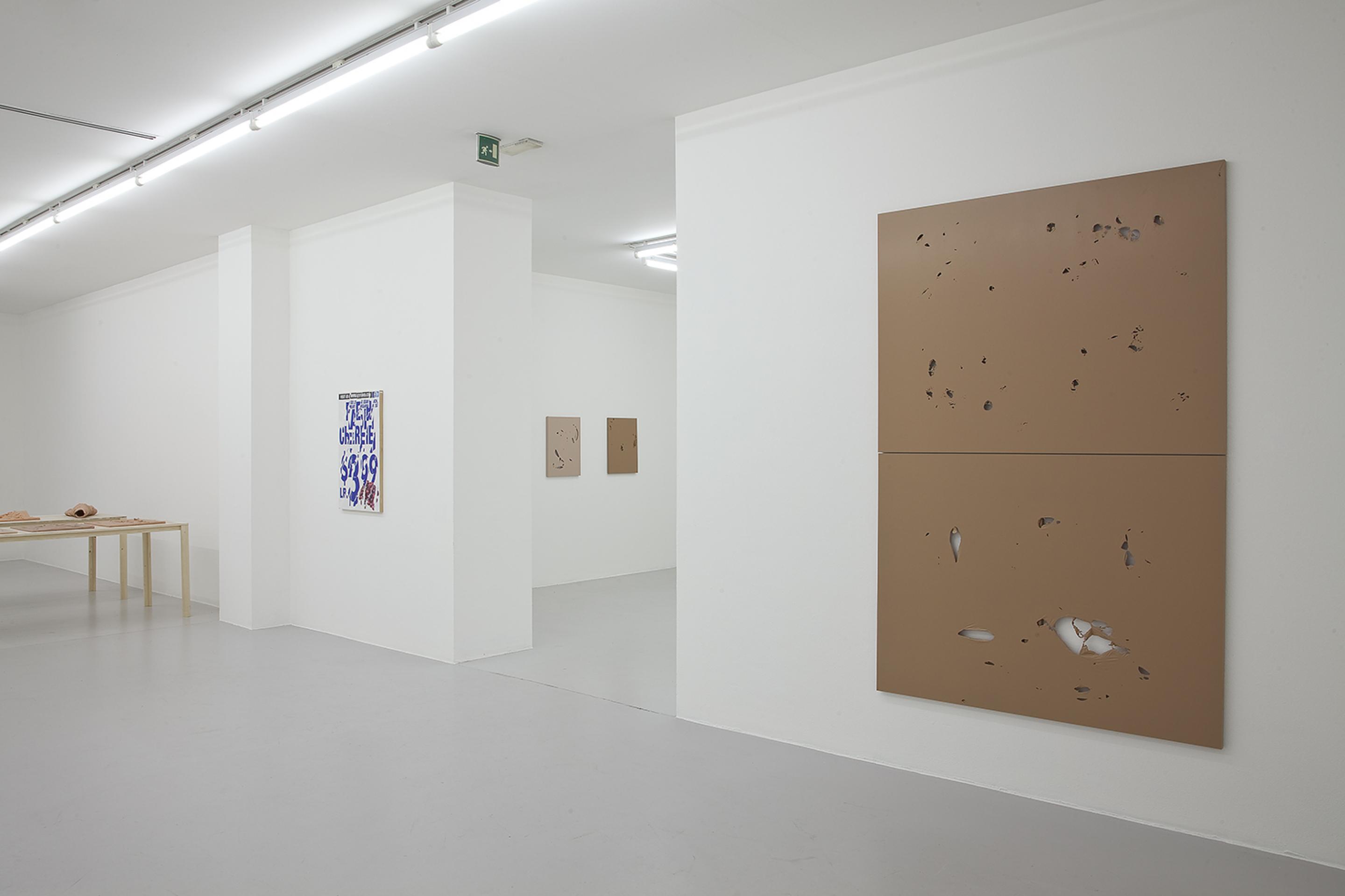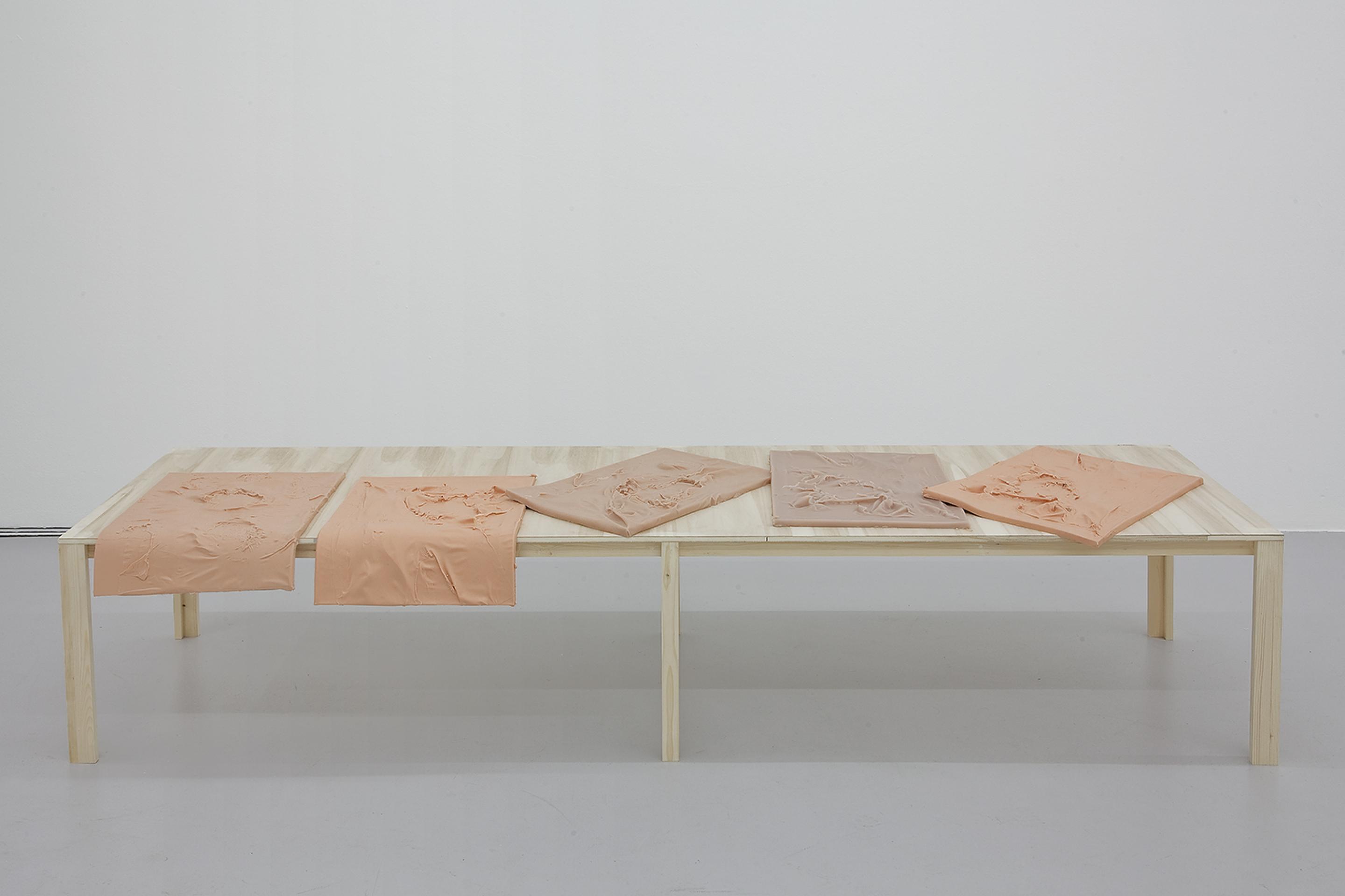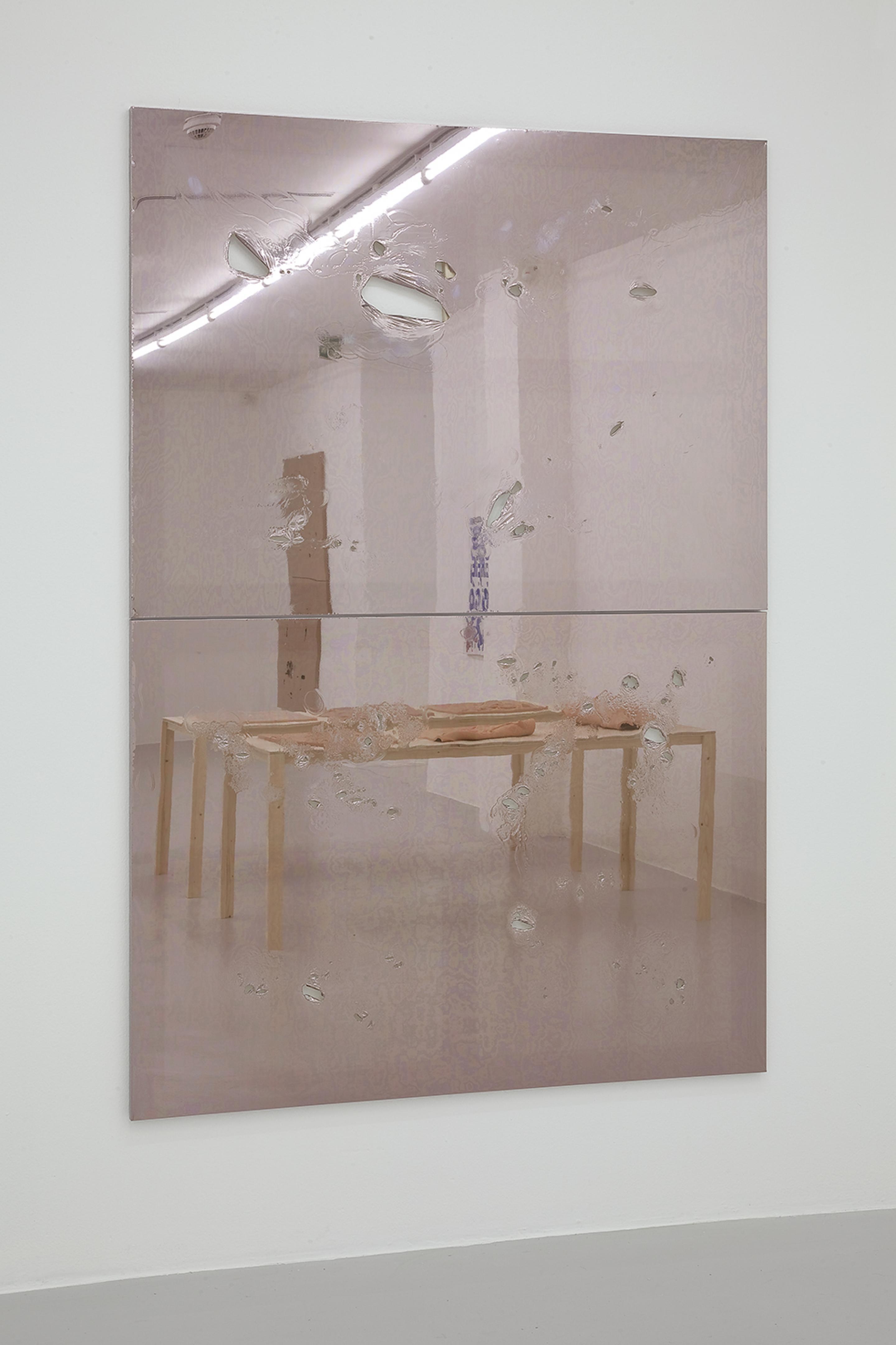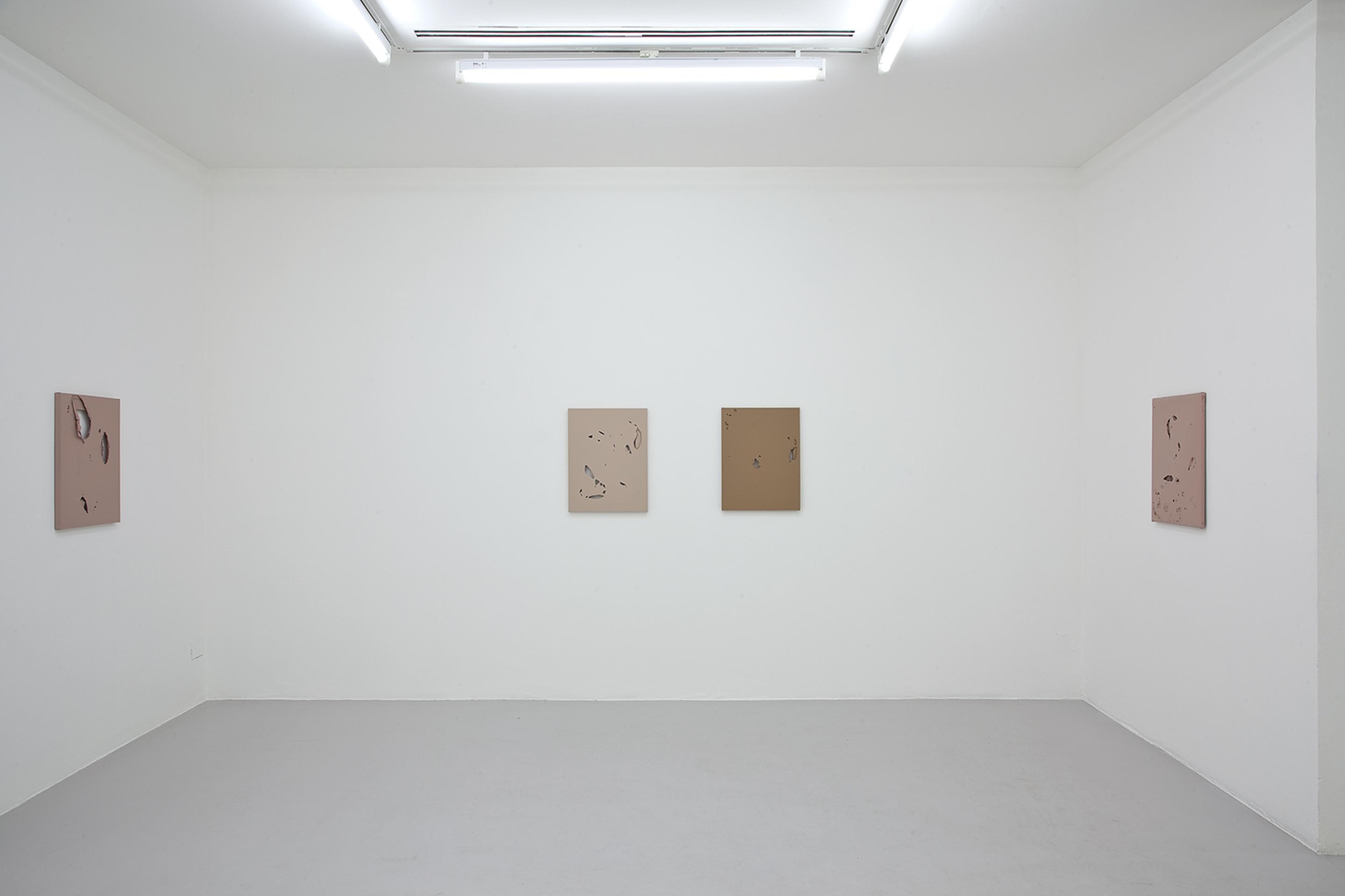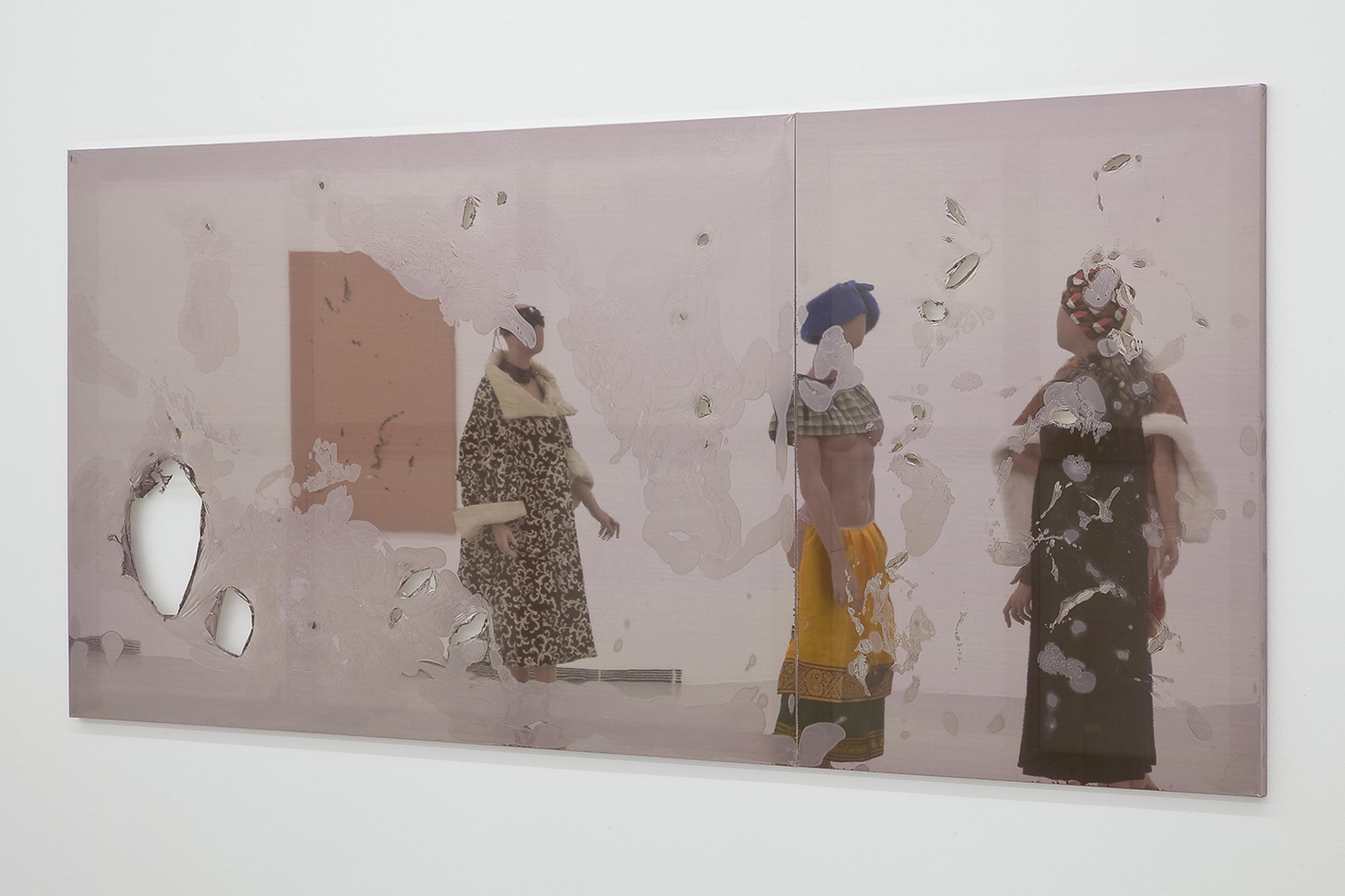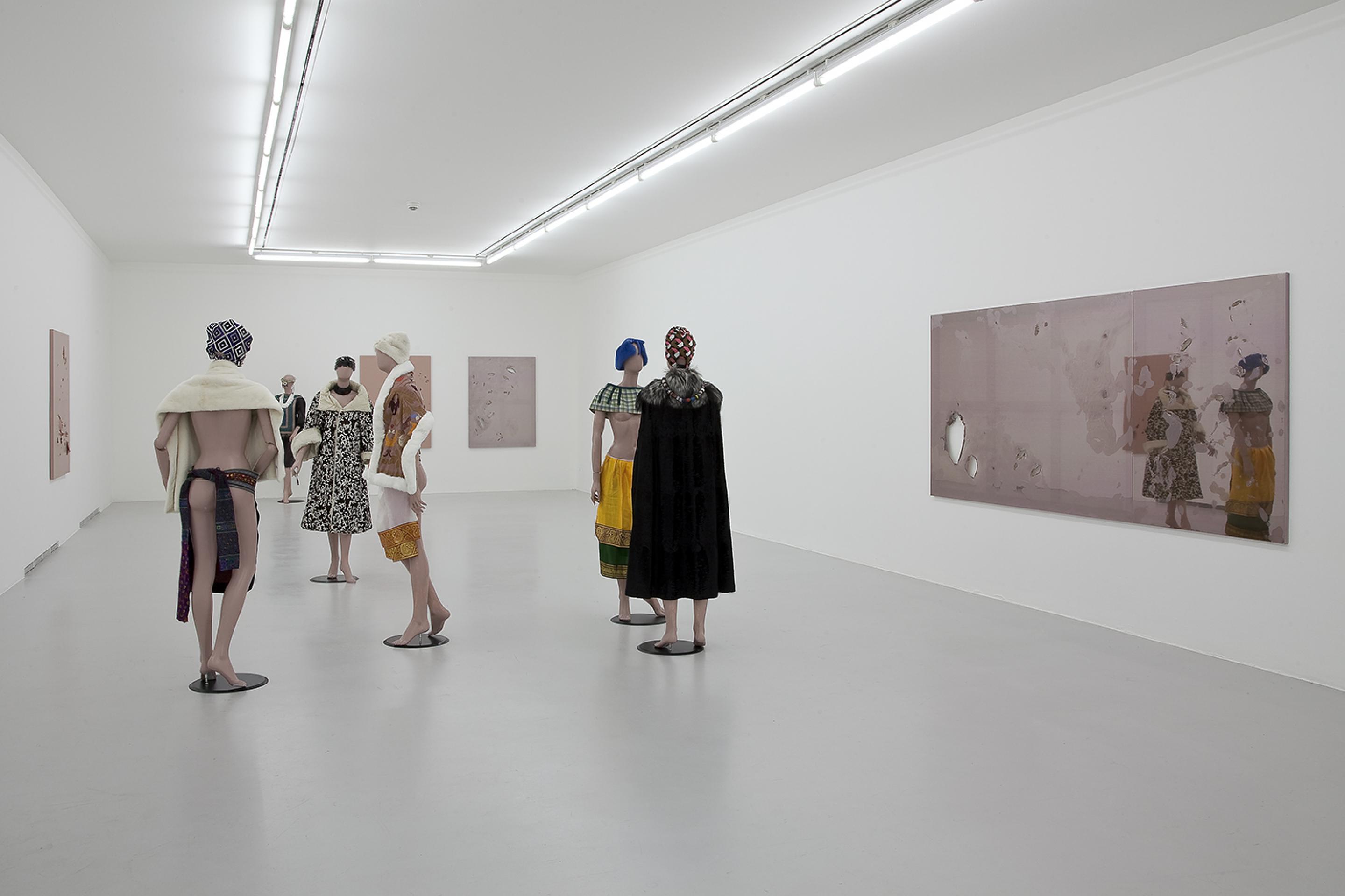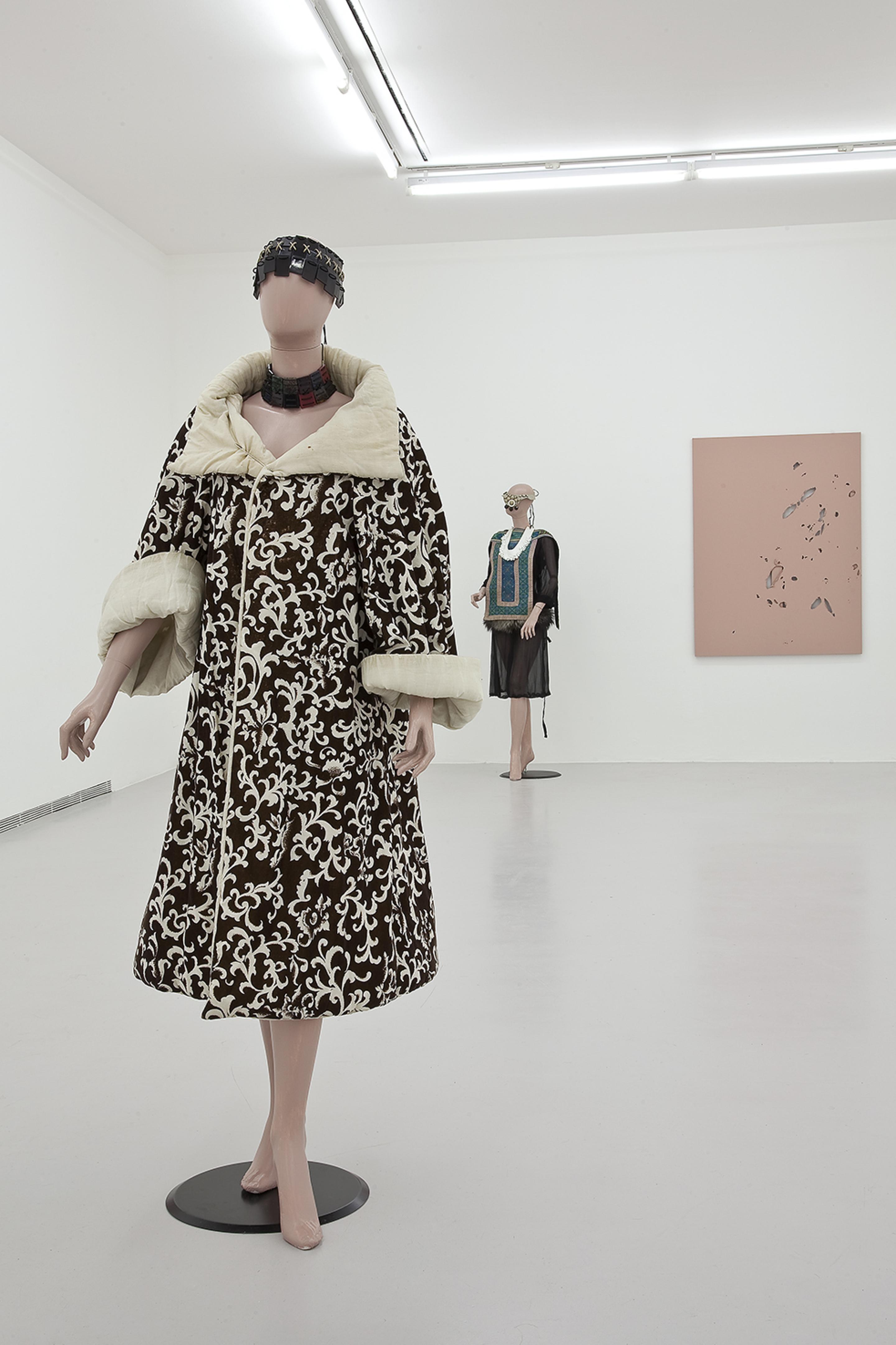NikolasGAMBAROFF
Quality Interiors
Gió Marconi, Milan
05.04.–18.05.2013
Quality Interiors
Gió Marconi, Milan
05.04.–18.05.2013
NikolasGAMBAROFF

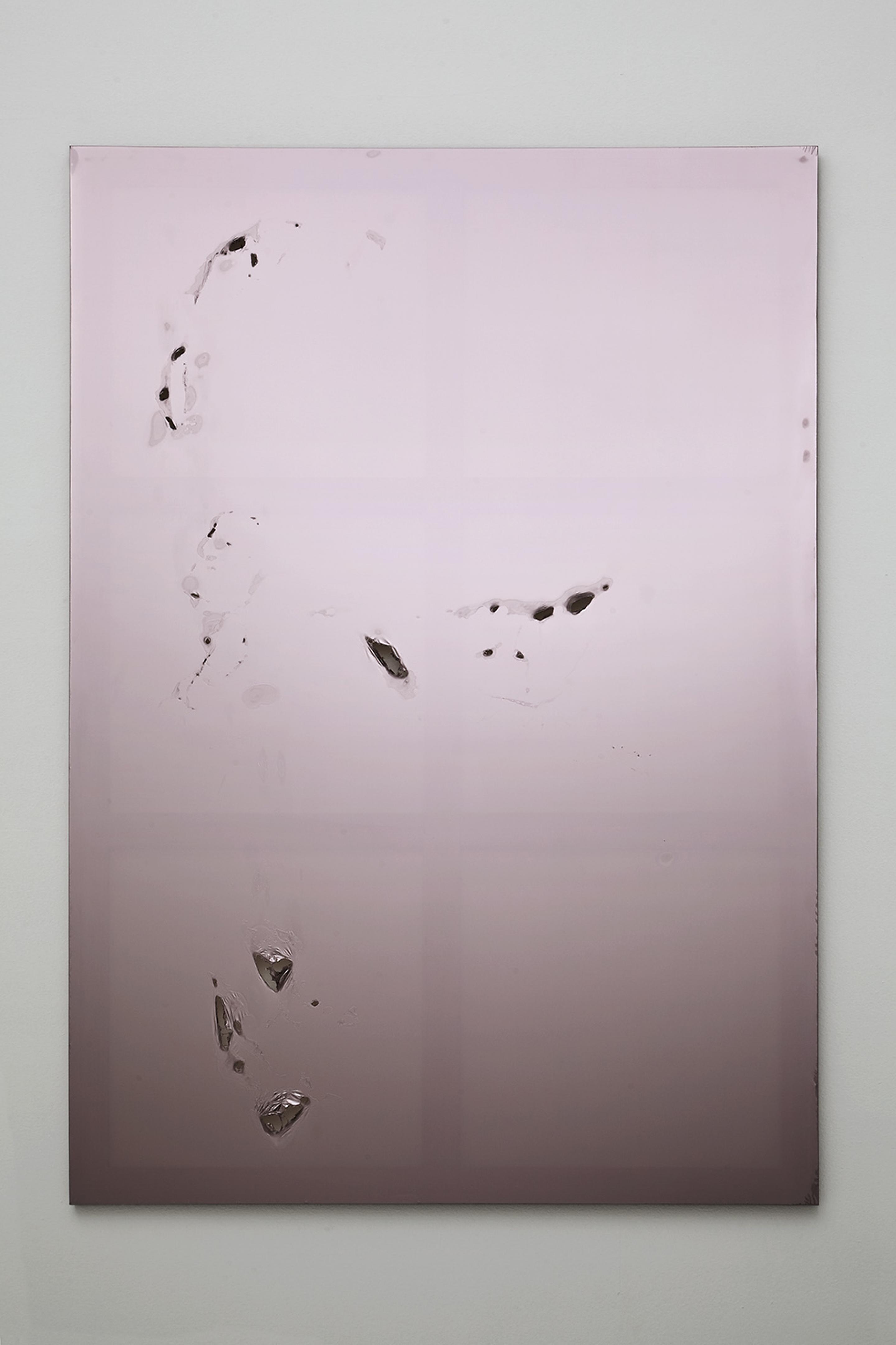
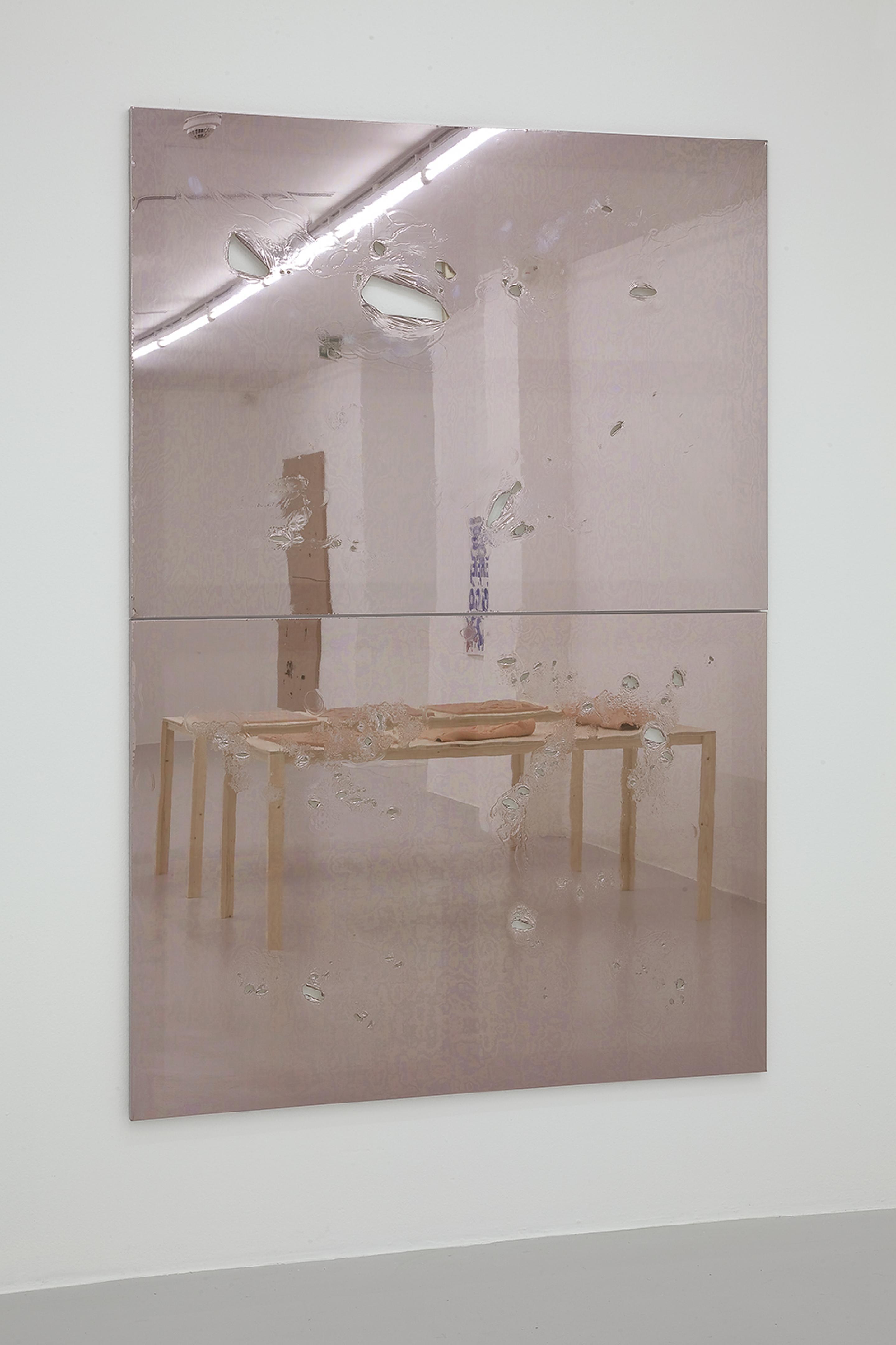
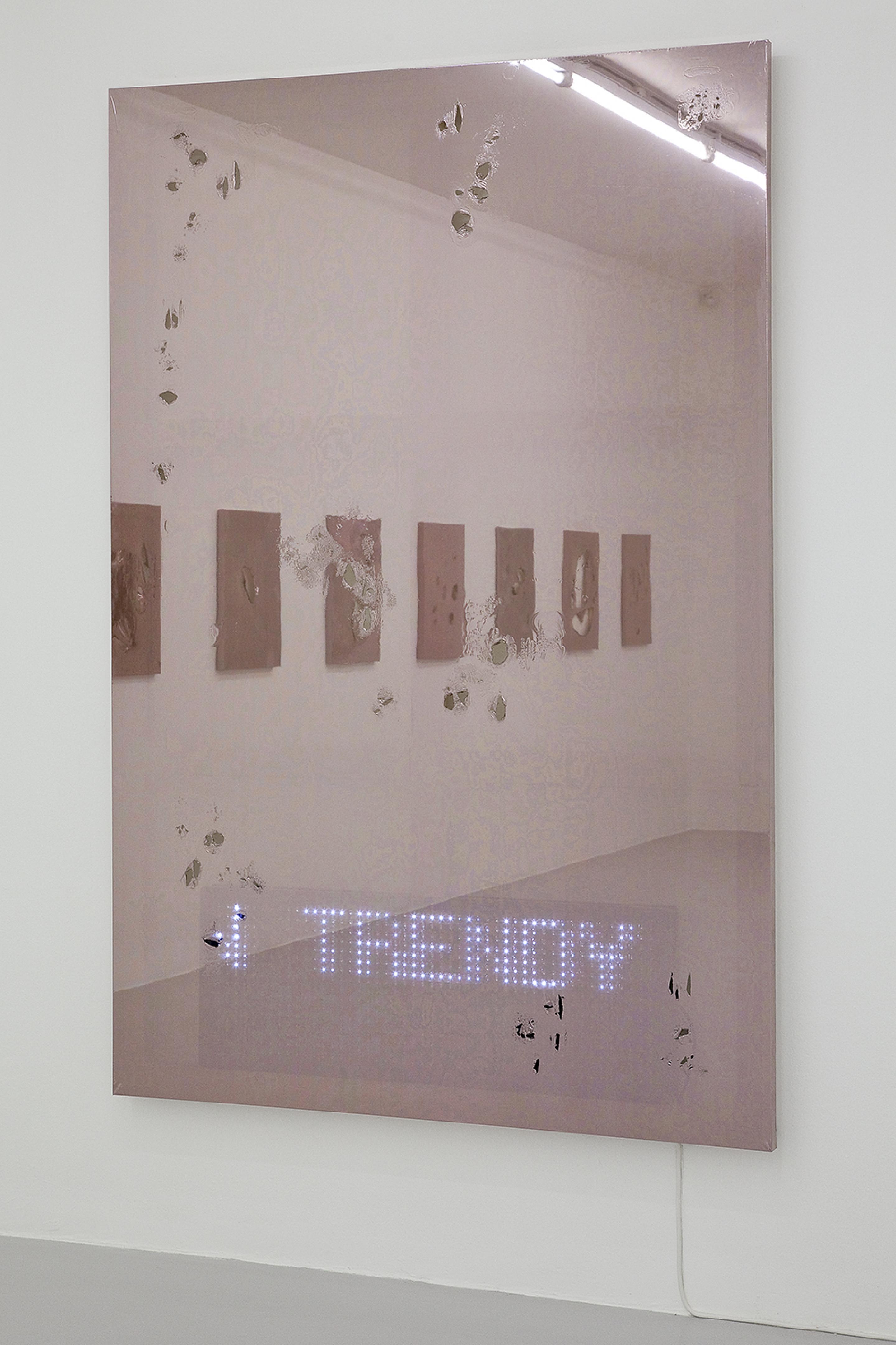
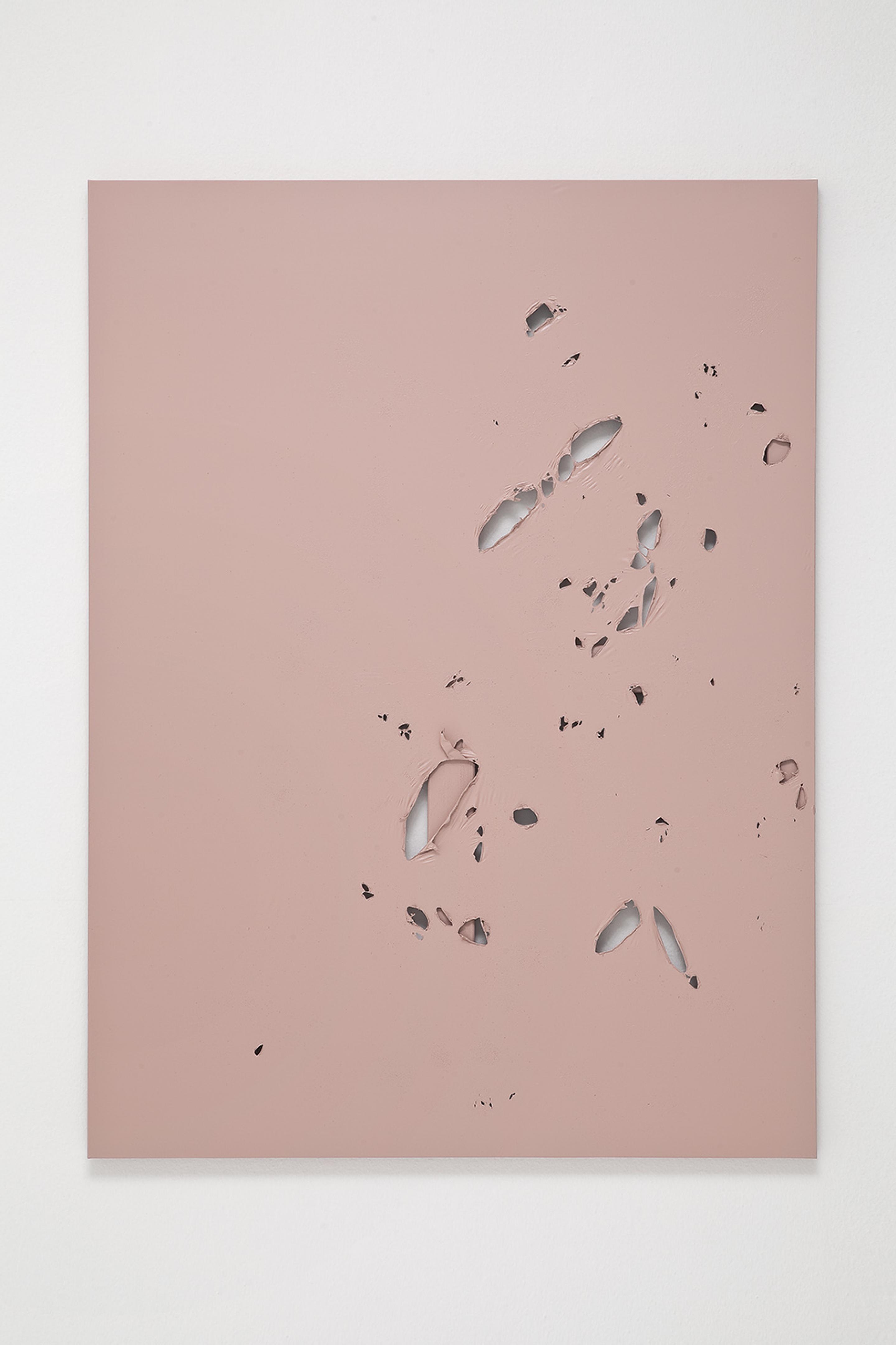
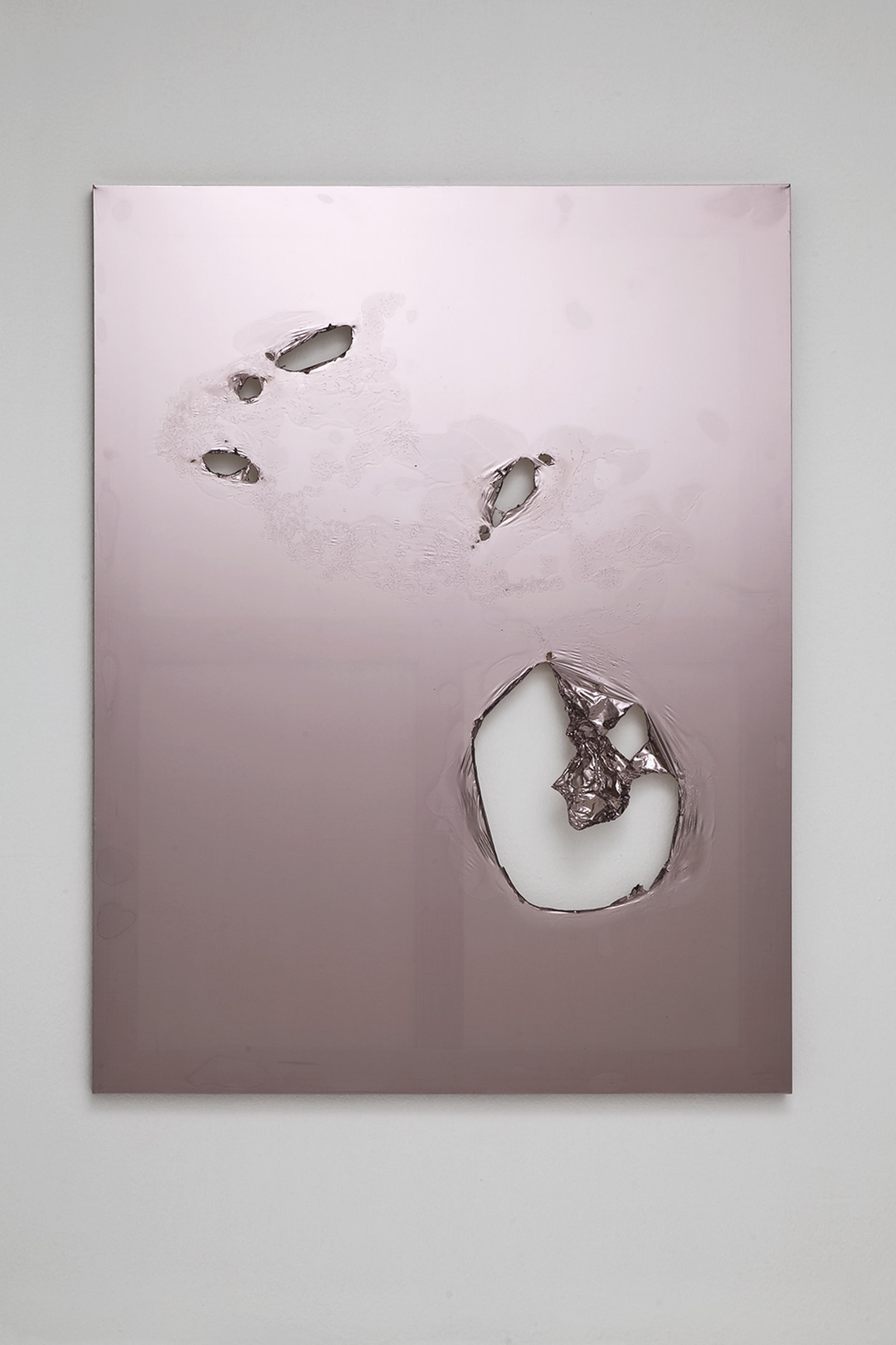
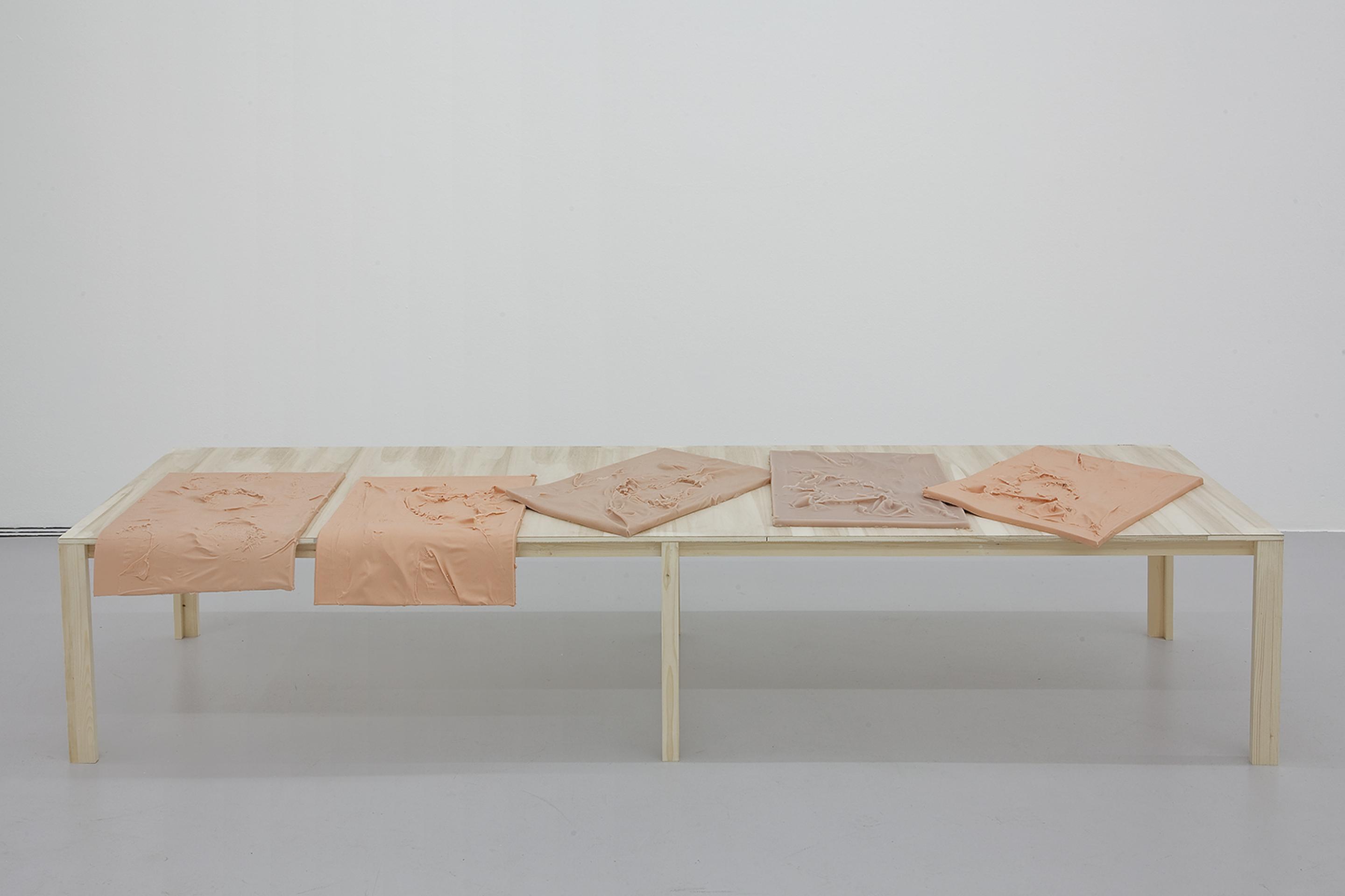
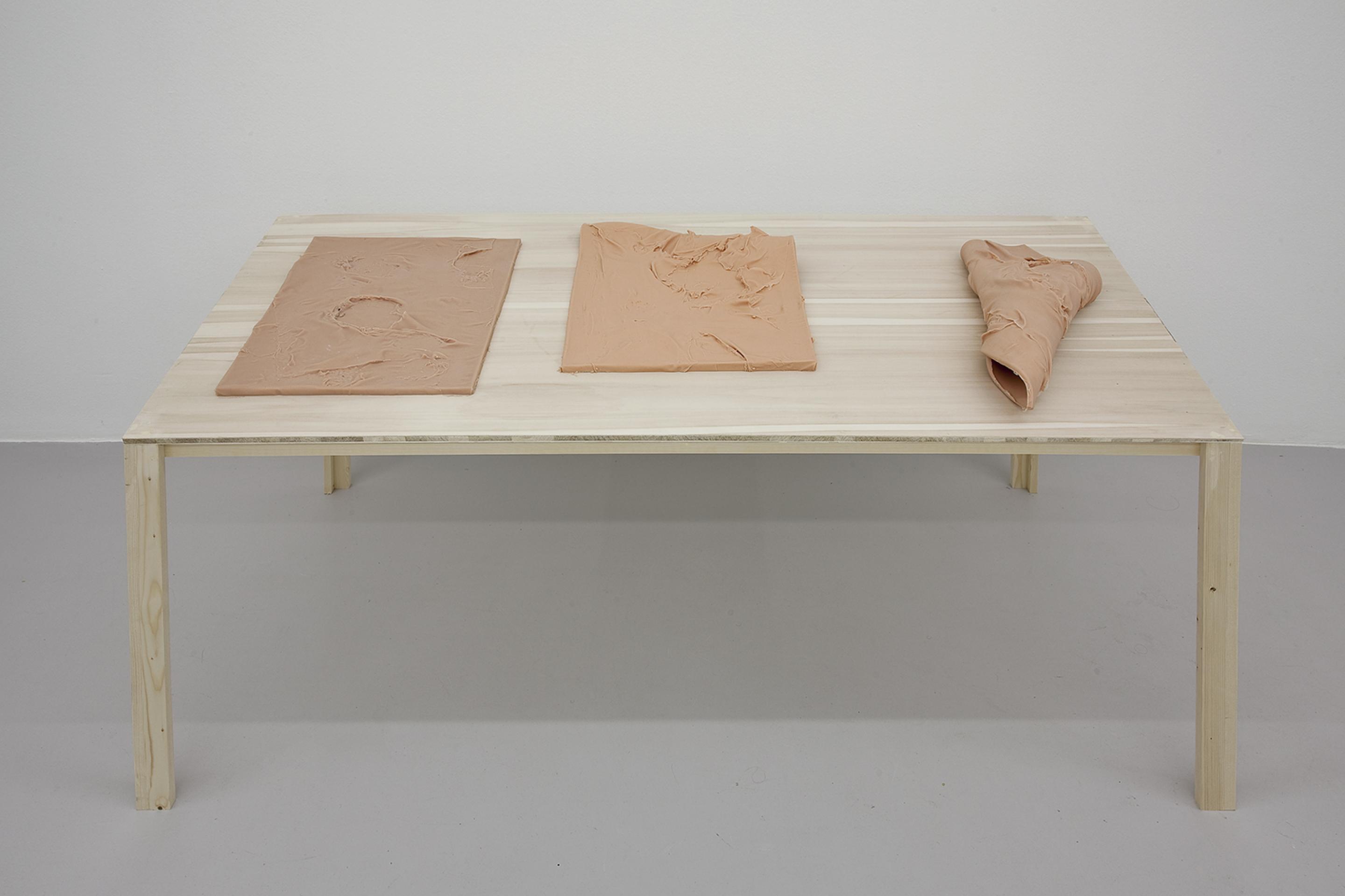
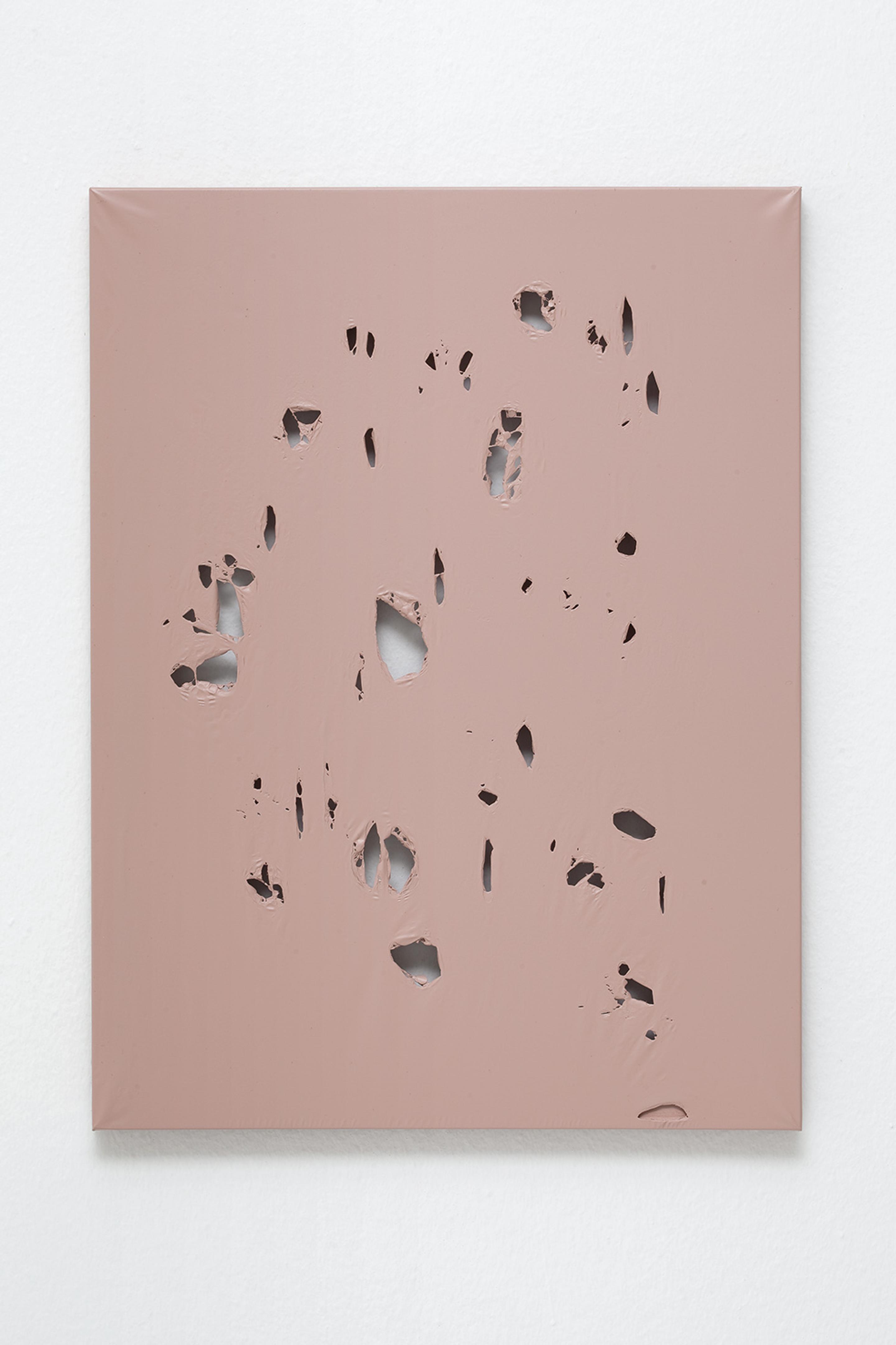
1/9
Nikolas Gambaroff
Untitled, 2013
2 parts
Polyethylene terephthalate window film on wooden stretchers
Part 1: 142.5 x 213.4 x 6.5 cm
Part 2: 142.5 x 106.8 x 3 cm
Untitled, 2013
2 parts
Polyethylene terephthalate window film on wooden stretchers
Part 1: 142.5 x 213.4 x 6.5 cm
Part 2: 142.5 x 106.8 x 3 cm
IT
Nikolas Gambaroff
Quality Interiors
Inaugurazione: venerdì 5 aprile 2013, dalle 19 alle 21
6 aprile - 18 maggio 2013
Dal martedì al sabato, 10-13; 15-19
La galleria Giò Marconi è lieta di presentare la prima personale di Nikolas Gambaroff (n. 1979) negli spazi di Via Tadino.
La mostra presenta una serie di nuovi lavori realizzati in “polyester window film” (pellicola in poliestere per finestre), alcuni manichini nati dalla collaborazione tra Gambaroff e Nina Yashar, oltre a nuovi dipinti realizzati con locandine dei supermarket e opere in silicone, ricavate a stampo da lavori non presenti in mostra.
A. Polyethylene Terephthalate Window Film
Il ‘polyethylene terephthalate’, solitamente abbreviato in PET o PETE, è una resina polimerica termoplastica proveniente dalla famiglia dei poliesteri; viene utilizzata nelle realizzazione di fibre sintetiche, nei contenitori per bevande, cibo o liquidi di diversa natura; nei processi di termoformatura e nella progettazione di resine (spesso in combinazione con fibra di vetro). Il PET è inoltre utilizzato come substrato in sottili pellicole e nella tecnologia a celle solari, in strati negli schermi LCD e come pellicola per le bobine di proiezione nell’industria del cinema.
La pellicola utilizzata per i dipinti è un Llumar N-1020 Bronze window film, una pellicola riflettente per finestre di colore bronzeo, utilizzata in molti edifici commerciali all’interno e all’esterno dei centri urbani.
Solitamente si applica nella parte interna dei vetri per ridurre la quantità di raggi infrarossi, luce visibile e ultravioletta (UV) che filtra attaverso le finestre.
Questi tipi di pellicole vengono spesso tinte o metallizzate (rendendole trasparenti con la luce visibile) per trasformare le radiazioni solari in radiazioni infrarosse, respinte poi verso l’esterno.
Agiscono come membrana al centro di un’economia ottica di dentro e fuori, come un dispositivo atto a regolare il flusso di energia.
B. Spettatori
I manichini in mostra sono lavori nati dalla collaborazione tra l’artista e Nina Yashar.
L’interesse di Gambaroff per Yashar ha portato alla loro collaborazione nella realizzazione di queste scultoree controfigure che fungono da spettatori immaginari nello spazio. I manichini sono tanto sculture quanto un interrogativo. Distinta dai dipinti, ma allo stesso tempo parte di essi, la collaborazione tra Yashar e Gambaroff è uno scambio, un tira e molla tra diversi interessi e paure dell’essere sulla scena, non del vendere ma dell’essere venduto, oggetto di scambi e negoziazioni.
Quality Interiors
Inaugurazione: venerdì 5 aprile 2013, dalle 19 alle 21
6 aprile - 18 maggio 2013
Dal martedì al sabato, 10-13; 15-19
La galleria Giò Marconi è lieta di presentare la prima personale di Nikolas Gambaroff (n. 1979) negli spazi di Via Tadino.
La mostra presenta una serie di nuovi lavori realizzati in “polyester window film” (pellicola in poliestere per finestre), alcuni manichini nati dalla collaborazione tra Gambaroff e Nina Yashar, oltre a nuovi dipinti realizzati con locandine dei supermarket e opere in silicone, ricavate a stampo da lavori non presenti in mostra.
A. Polyethylene Terephthalate Window Film
Il ‘polyethylene terephthalate’, solitamente abbreviato in PET o PETE, è una resina polimerica termoplastica proveniente dalla famiglia dei poliesteri; viene utilizzata nelle realizzazione di fibre sintetiche, nei contenitori per bevande, cibo o liquidi di diversa natura; nei processi di termoformatura e nella progettazione di resine (spesso in combinazione con fibra di vetro). Il PET è inoltre utilizzato come substrato in sottili pellicole e nella tecnologia a celle solari, in strati negli schermi LCD e come pellicola per le bobine di proiezione nell’industria del cinema.
La pellicola utilizzata per i dipinti è un Llumar N-1020 Bronze window film, una pellicola riflettente per finestre di colore bronzeo, utilizzata in molti edifici commerciali all’interno e all’esterno dei centri urbani.
Solitamente si applica nella parte interna dei vetri per ridurre la quantità di raggi infrarossi, luce visibile e ultravioletta (UV) che filtra attaverso le finestre.
Questi tipi di pellicole vengono spesso tinte o metallizzate (rendendole trasparenti con la luce visibile) per trasformare le radiazioni solari in radiazioni infrarosse, respinte poi verso l’esterno.
Agiscono come membrana al centro di un’economia ottica di dentro e fuori, come un dispositivo atto a regolare il flusso di energia.
B. Spettatori
I manichini in mostra sono lavori nati dalla collaborazione tra l’artista e Nina Yashar.
L’interesse di Gambaroff per Yashar ha portato alla loro collaborazione nella realizzazione di queste scultoree controfigure che fungono da spettatori immaginari nello spazio. I manichini sono tanto sculture quanto un interrogativo. Distinta dai dipinti, ma allo stesso tempo parte di essi, la collaborazione tra Yashar e Gambaroff è uno scambio, un tira e molla tra diversi interessi e paure dell’essere sulla scena, non del vendere ma dell’essere venduto, oggetto di scambi e negoziazioni.
EN
Nikolas Gambaroff
Quality Interiors
Opening: Friday, April 5, 2013; 7pm - 9pm
April 6 - May 18, 2013
Tuesday - Saturday, 10am-1pm; 3-7pm
Giò Marconi gallery is very pleased to present a show by Nikolas Gambaroff (b. 1979), his first solo exhibition at the gallery.
This exhibition presents new work made from polyester window film, a set of mannequins (a collaboration between Gambaroff and Nina Yashar) as well as new paintings made from supermarket posters and silicon works, made from molds of non-exhibited paintings.
A. Polyethylene Terephthalate Window Film
Polyethylene terephthalate, commonly abbreviated PET, PETE, is a thermoplastic polymer resin of the polyester family and is used in synthetic fibers; beverage, food and other liquid containers; thermoforming applications; and engineering resins often in combination with glass fiber. PET is also used as substrate in thin film and solar cell technology, as layers in LCD screens and as film for projection reels in the movie industry.
The film used for the paintings is a Llumar N-1020 Bronze window film. It is a bronze reflective window film that is used in many commercial buildings, in and outside of urban centers.
Window films are normally applied to the interior of flat glass windows to reduce the amount of infrared, visible light, and ultraviolet (UV) radiation entering through the windows. Such films are usually dyed or metalized (which can be transparent to visible light) to convert incoming solar radiation to infrared radiation, which is then rejected back through the glass to the exterior. It acts as a membrane at the center of an optical economy of an inside and outside, a regulatory device for the flow of energy.
B. Spectators
The mannequins on display in the gallery are collaborative works between the artist and Nina Yashar. Gambaroff’s fascination with Yashar led to their working together of creating sculptural stand-ins of an imaginary viewership, multiple Ninas (i.e. spectators) in the space. The mannequins are as much sculptures as they are a problem. Separate of the paintings, but as well a part of them, the collaboration between Yashar and Gambaroff is an exchange as a push and pull between the different interests and fears of being on stage, not of selling, but of being sold, being traded and trading positions.
Quality Interiors
Opening: Friday, April 5, 2013; 7pm - 9pm
April 6 - May 18, 2013
Tuesday - Saturday, 10am-1pm; 3-7pm
Giò Marconi gallery is very pleased to present a show by Nikolas Gambaroff (b. 1979), his first solo exhibition at the gallery.
This exhibition presents new work made from polyester window film, a set of mannequins (a collaboration between Gambaroff and Nina Yashar) as well as new paintings made from supermarket posters and silicon works, made from molds of non-exhibited paintings.
A. Polyethylene Terephthalate Window Film
Polyethylene terephthalate, commonly abbreviated PET, PETE, is a thermoplastic polymer resin of the polyester family and is used in synthetic fibers; beverage, food and other liquid containers; thermoforming applications; and engineering resins often in combination with glass fiber. PET is also used as substrate in thin film and solar cell technology, as layers in LCD screens and as film for projection reels in the movie industry.
The film used for the paintings is a Llumar N-1020 Bronze window film. It is a bronze reflective window film that is used in many commercial buildings, in and outside of urban centers.
Window films are normally applied to the interior of flat glass windows to reduce the amount of infrared, visible light, and ultraviolet (UV) radiation entering through the windows. Such films are usually dyed or metalized (which can be transparent to visible light) to convert incoming solar radiation to infrared radiation, which is then rejected back through the glass to the exterior. It acts as a membrane at the center of an optical economy of an inside and outside, a regulatory device for the flow of energy.
B. Spectators
The mannequins on display in the gallery are collaborative works between the artist and Nina Yashar. Gambaroff’s fascination with Yashar led to their working together of creating sculptural stand-ins of an imaginary viewership, multiple Ninas (i.e. spectators) in the space. The mannequins are as much sculptures as they are a problem. Separate of the paintings, but as well a part of them, the collaboration between Yashar and Gambaroff is an exchange as a push and pull between the different interests and fears of being on stage, not of selling, but of being sold, being traded and trading positions.
